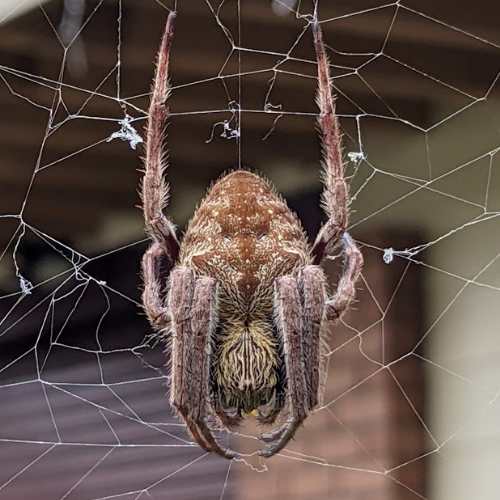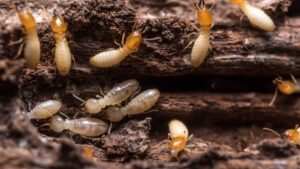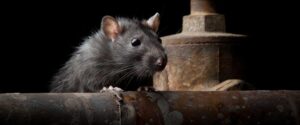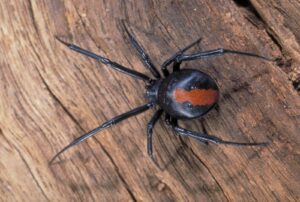Orb weaver spiders are members of the Araneidae family, which includes over 3,000 different species of spiders worldwide. These spiders are known for their distinctive orb-shaped webs, which they use to capture prey. Orb weavers can be found in a variety of habitats, including forests, fields, and gardens, and they are typically harmless to humans.
In this article, we’ll take a closer look at the fascinating world of orb weaver spiders. We’ll explore their physical characteristics, behavior, habitat, and more. By the end of this article, you’ll have a better understanding of these fascinating creatures and the role they play in our ecosystem.
Physical Characteristics
Orb weaver spiders come in a range of sizes, from less than 1 cm to over 5 cm in length. They have flat, oval-shaped bodies that are typically covered in fine hairs. Their legs are long and spiny, and their eight eyes are arranged in two rows.
One of the most distinctive features of orb weaver spiders is their webs. These spiders construct circular webs that are often quite large and intricate. The webs are made of silk, which the spider produces from specialized glands in their abdomen.
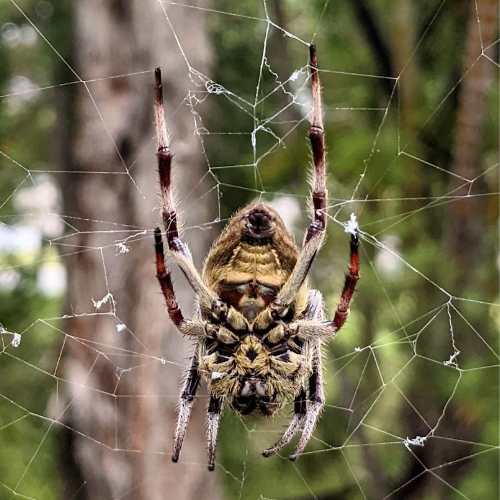
Behavior
Orb weaver spiders are primarily nocturnal, which means they are most active at night. During the day, they typically remain hidden in their webs, waiting for prey to come along. Once a potential meal enters the web, the spider quickly immobilizes it with a venomous bite.
While orb weavers are known for their webs, not all species construct them. Some orb weavers are free-living and hunt for prey without the use of webs. These spiders are still part of the orb weaver family, but they have evolved a different hunting strategy.
Habitat
Orb weaver spiders can be found in almost every type of habitat, from deserts to rainforests. They are typically found on vegetation such as trees, shrubs, and grasses, where they can construct their webs.
Some species of orb weaver spiders are migratory and will travel long distances to find suitable habitat. For example, the Marbled Orb Weaver (Araneus marmoreus) is known to travel hundreds of kilometers in search of new territory.
Are They Dangerous?
For the most part, orb weaver spiders are harmless to humans. Their bites are not considered dangerous and typically only cause mild symptoms such as pain, swelling, and redness.
However, some species of orb weaver spiders can deliver venomous bites that may cause more severe symptoms. The venom of the Black and Yellow Garden Spider (Argiope aurantia), for example, can cause muscle cramps, nausea, and headache in rare cases.
It’s important to note that orb weaver spiders are not aggressive and will typically only bite if they feel threatened. If you encounter an orb weaver spider, it’s best to avoid disturbing it and to give it plenty of space.
Ecological Importance
Orb weaver spiders play an important role in our ecosystem. As predators, they help to control the populations of insects and other small animals in their habitats. This makes them valuable members of the food chain and contributes to the overall health of their ecosystems.
In addition, the silk produced by orb weaver spiders is incredibly strong and durable. It’s been used for a variety of applications, including fishing lines, medical sutures, and even bulletproof vests.
Conclusion
Orb weaver spiders are fascinating creatures that are found all over the world. They are known for their distinctive orb-shaped webs and their important role in controlling insect populations in their habitats.
While some species of orb weaver spiders can deliver venomous bites, they are typically harmless

